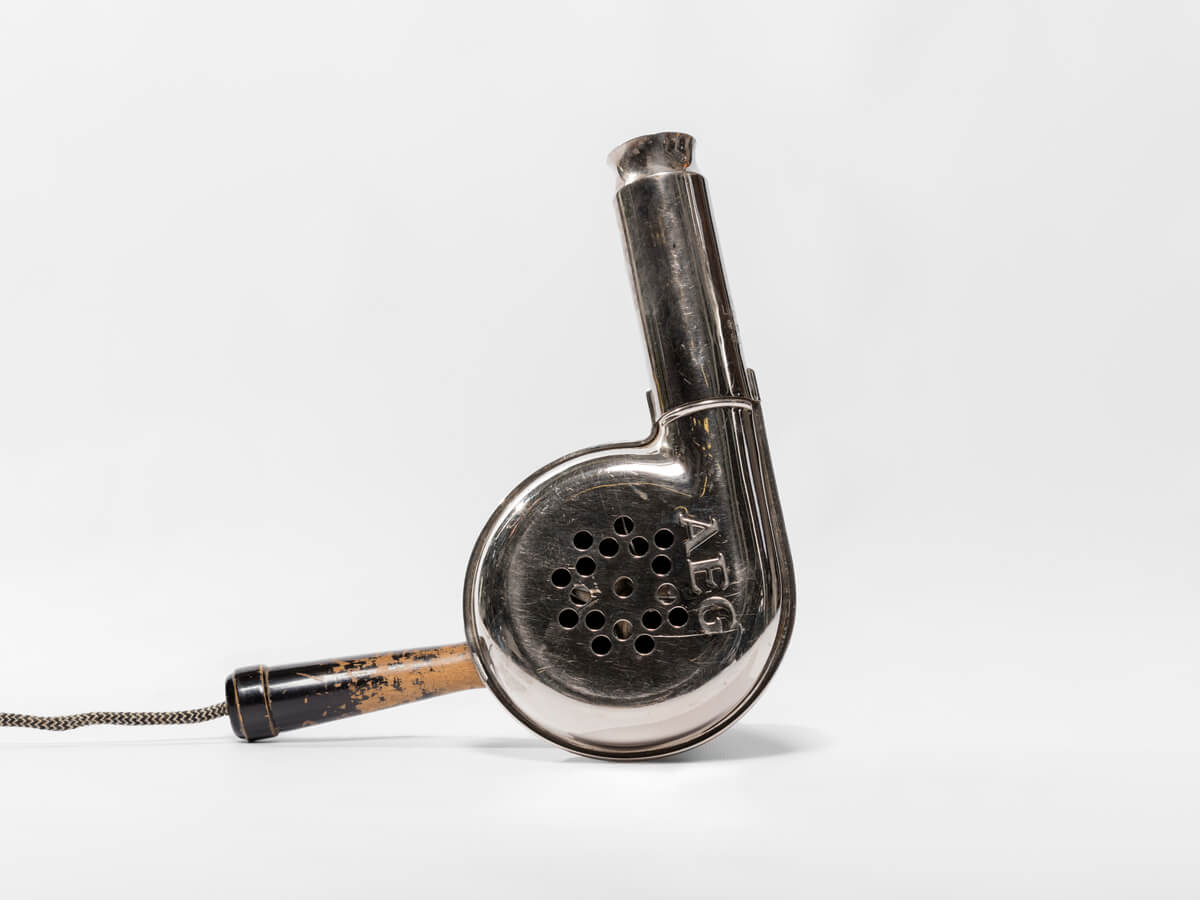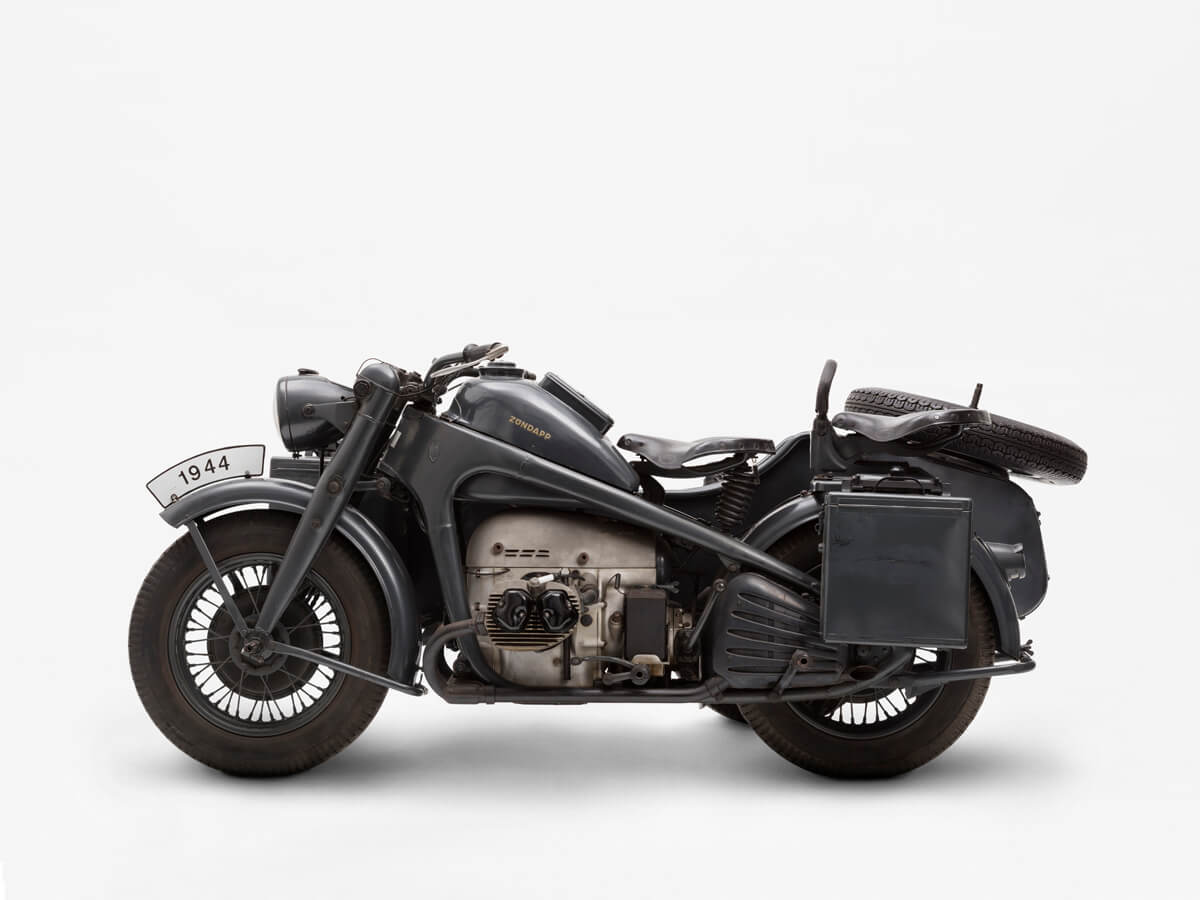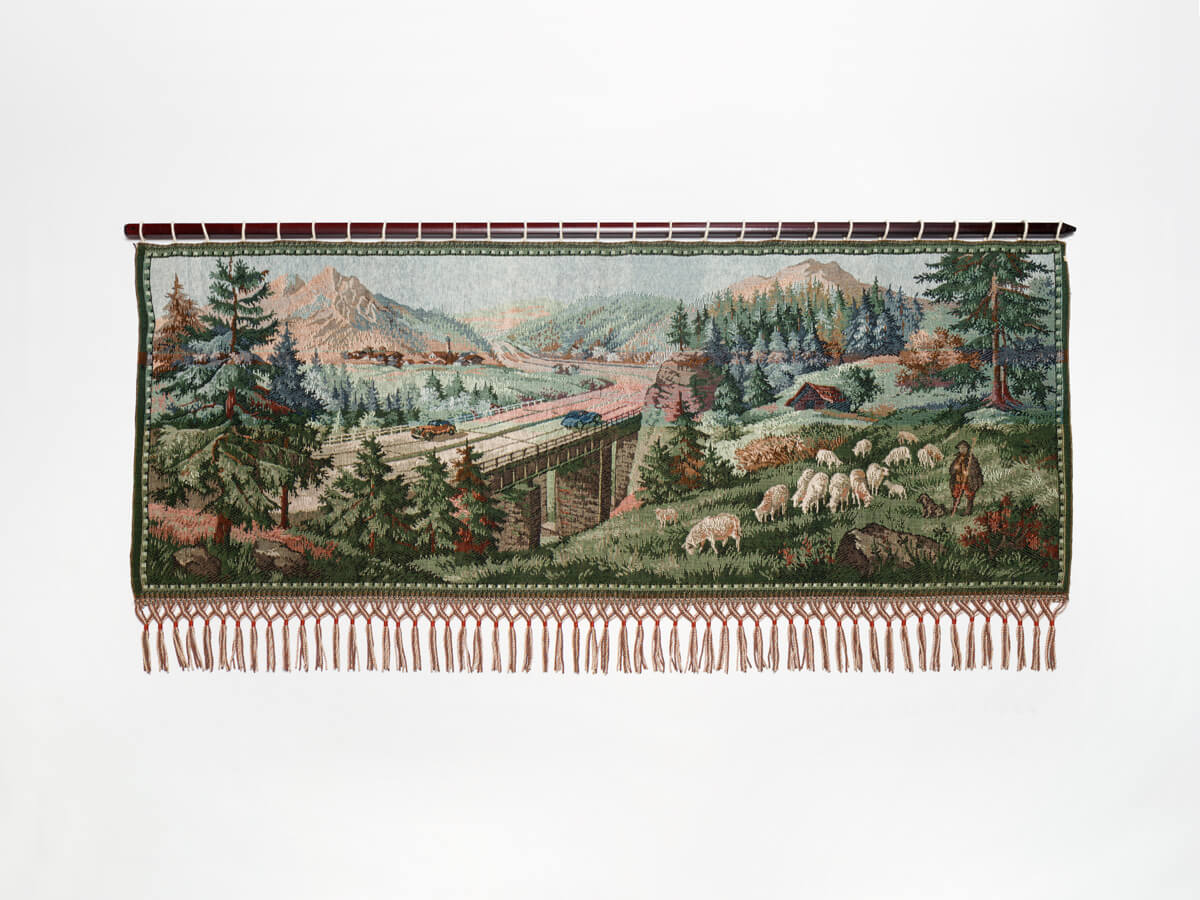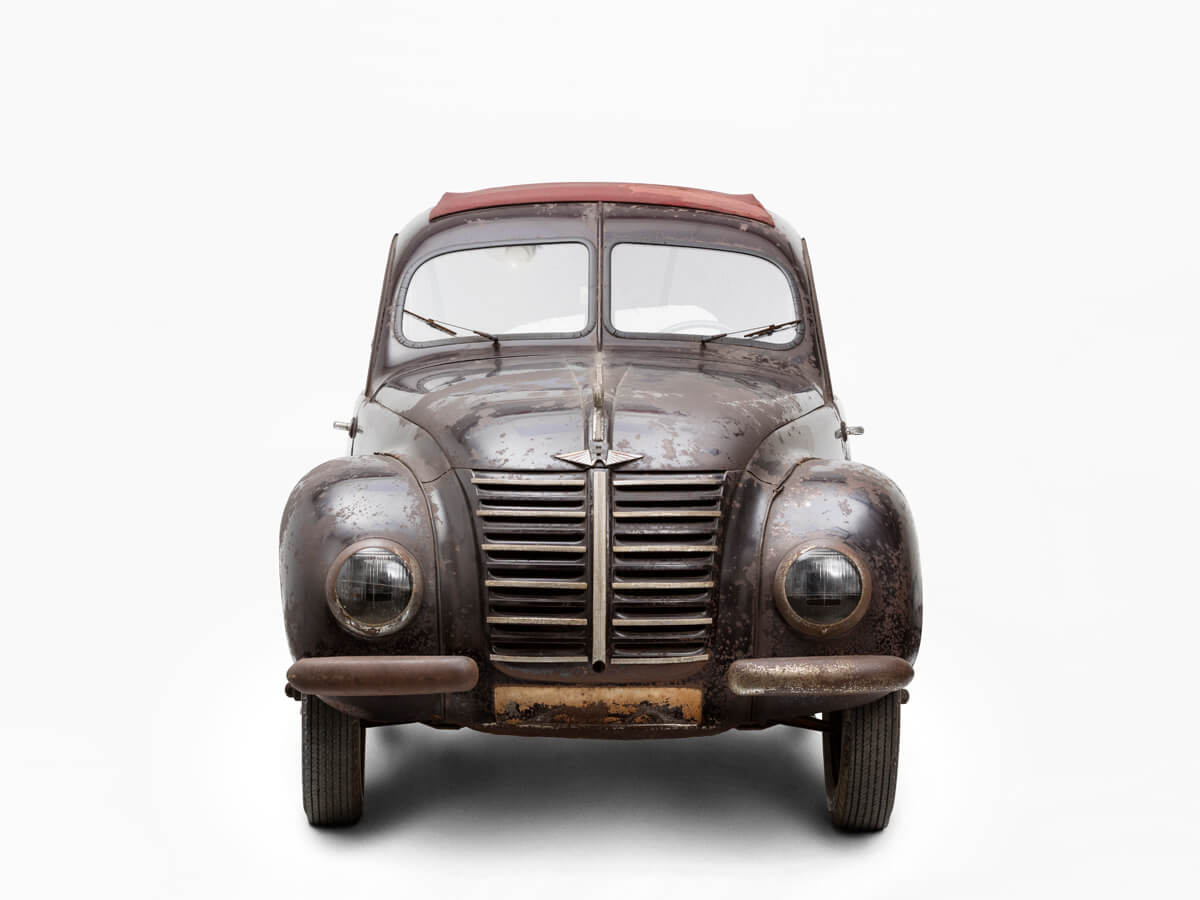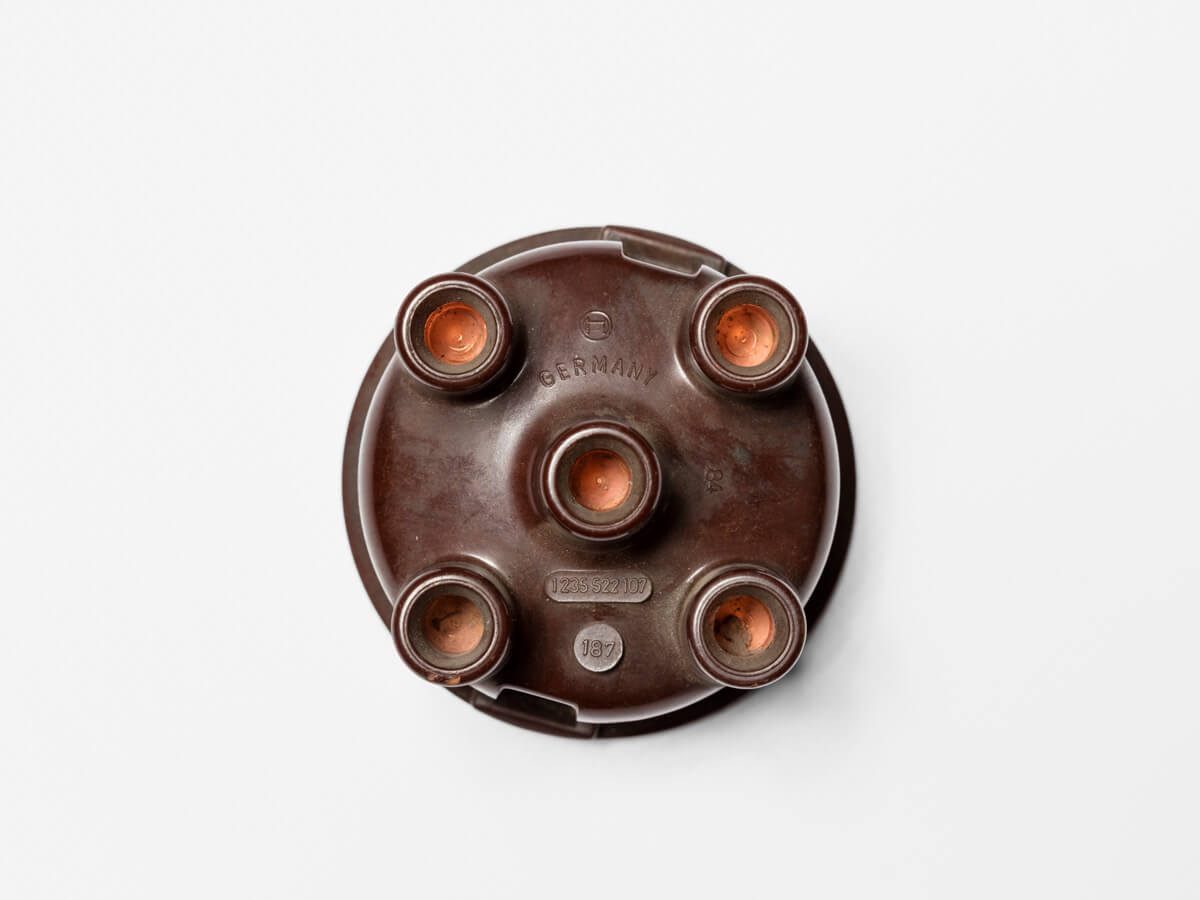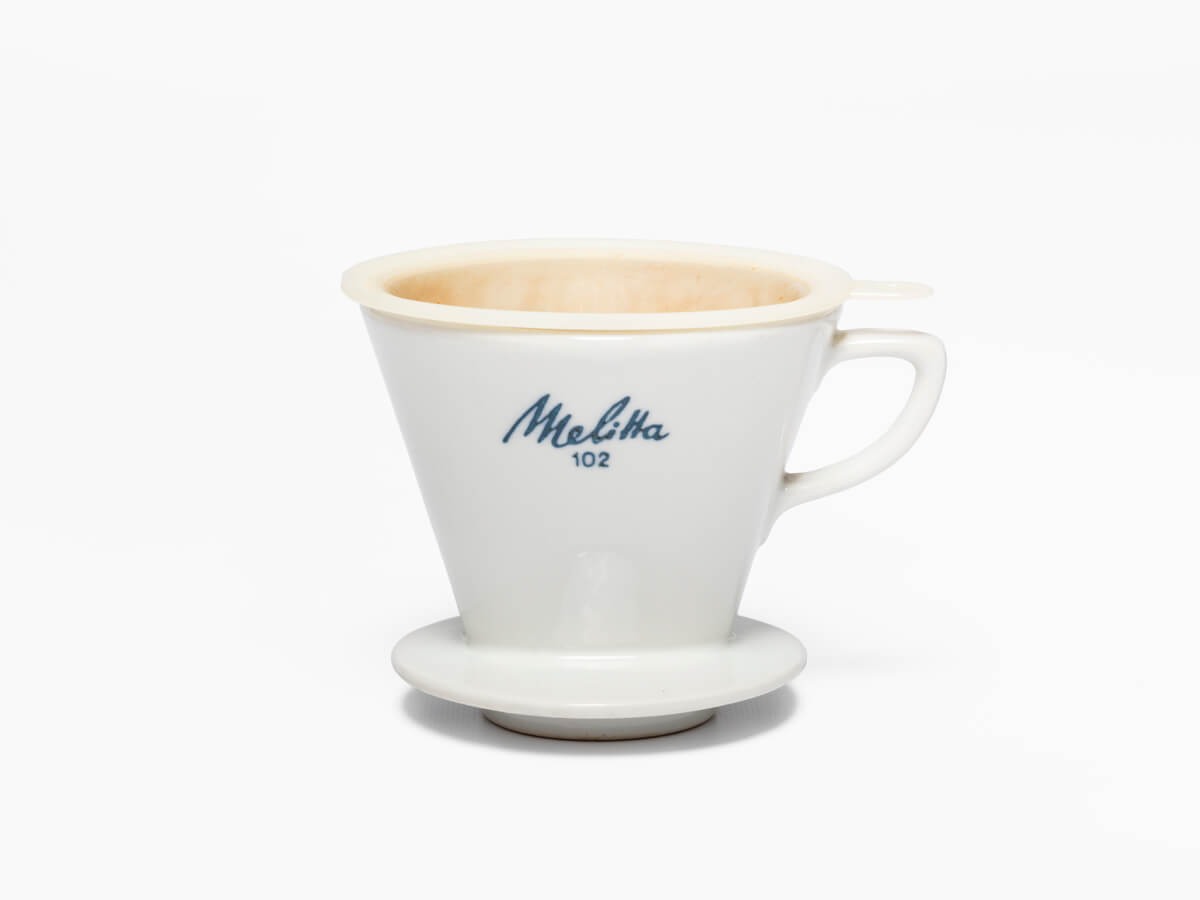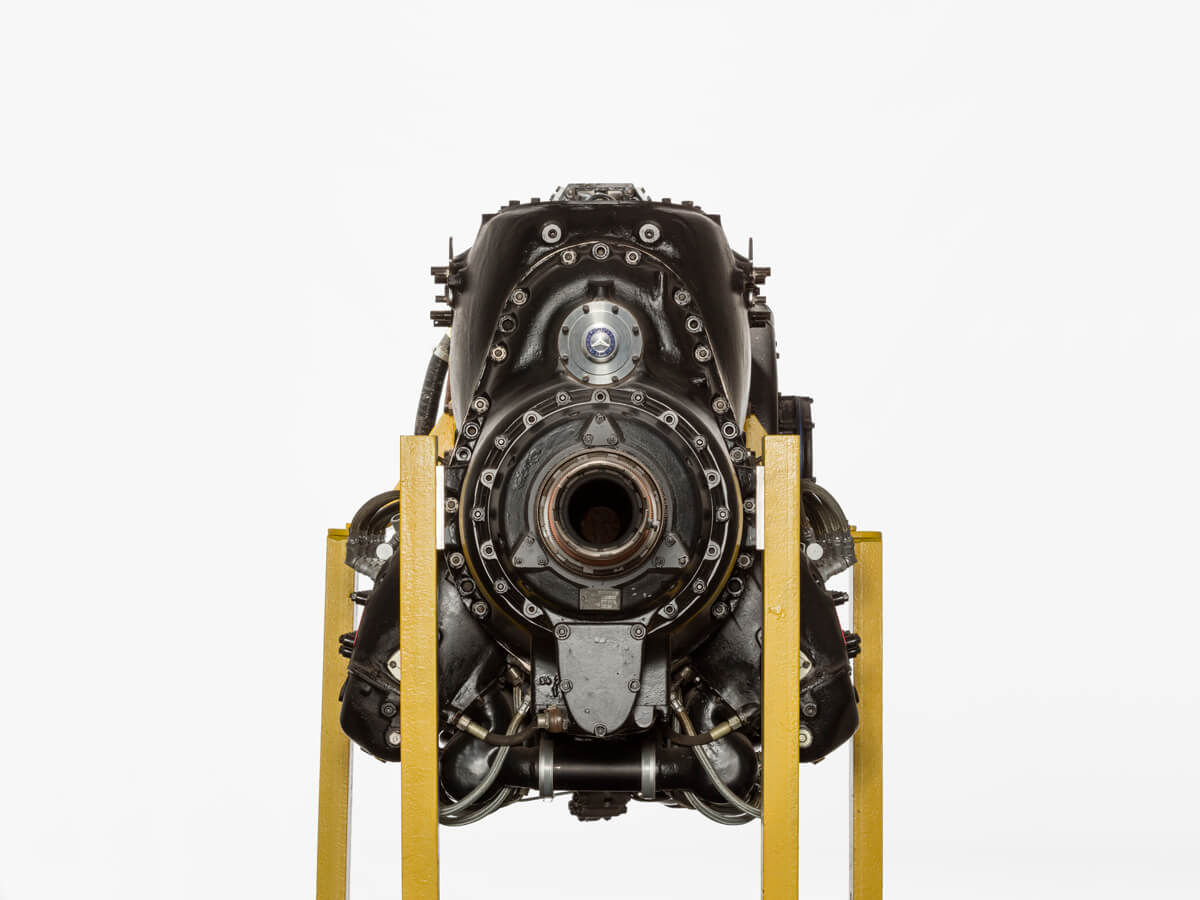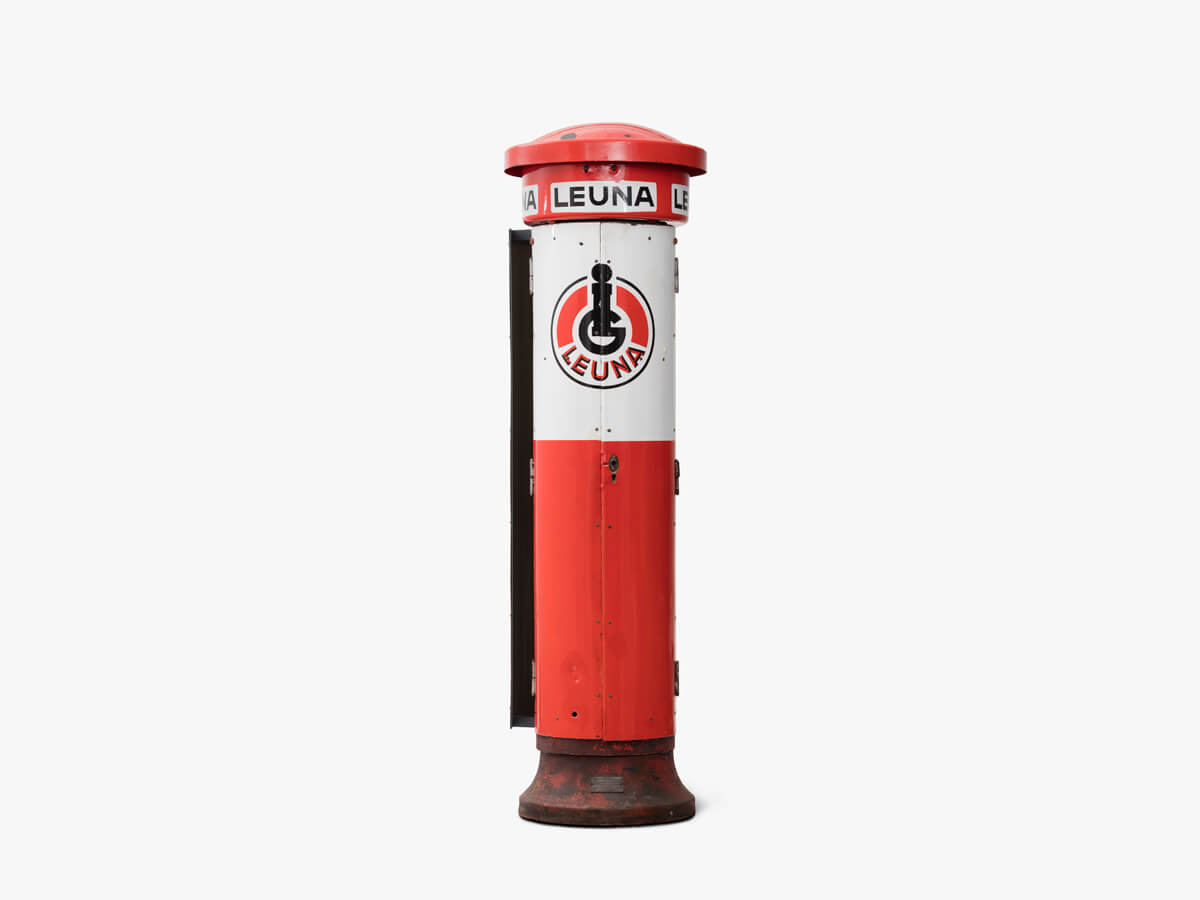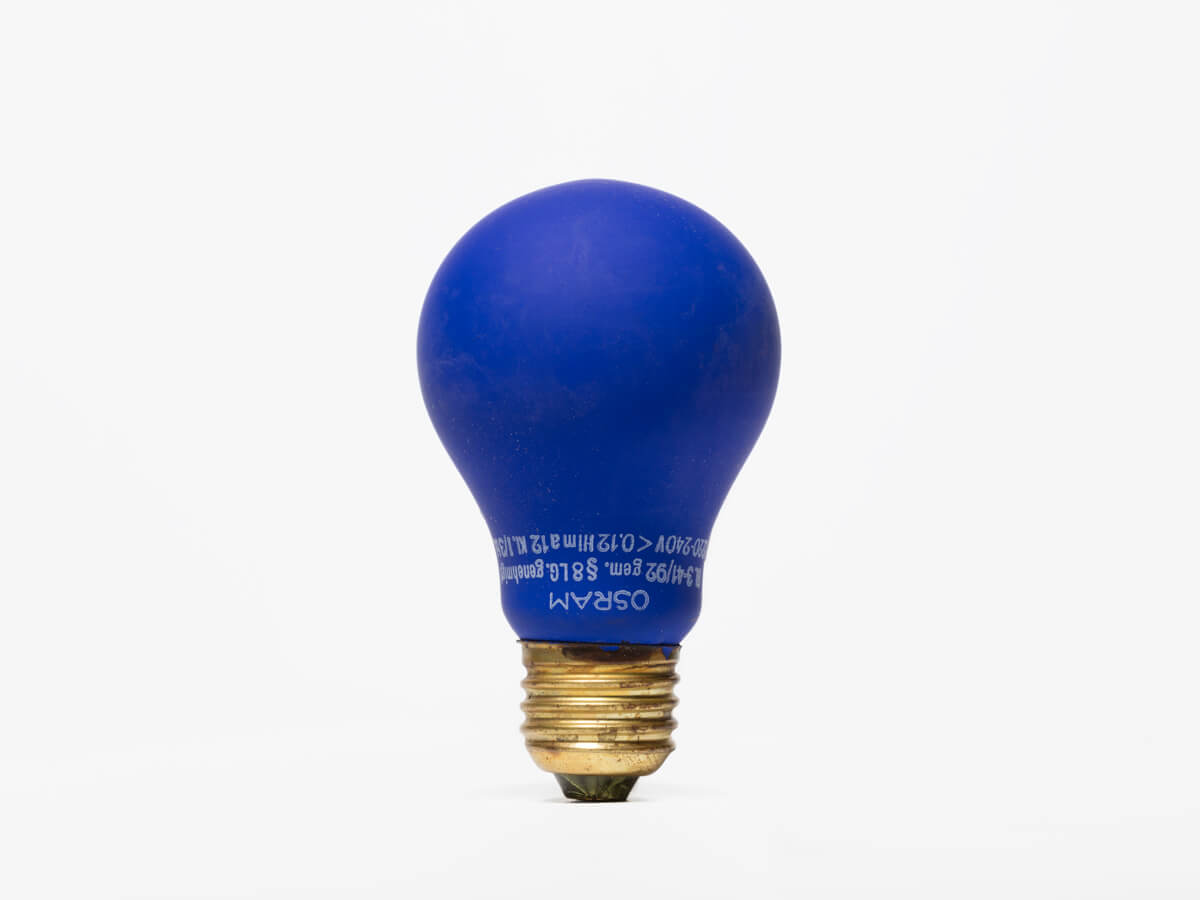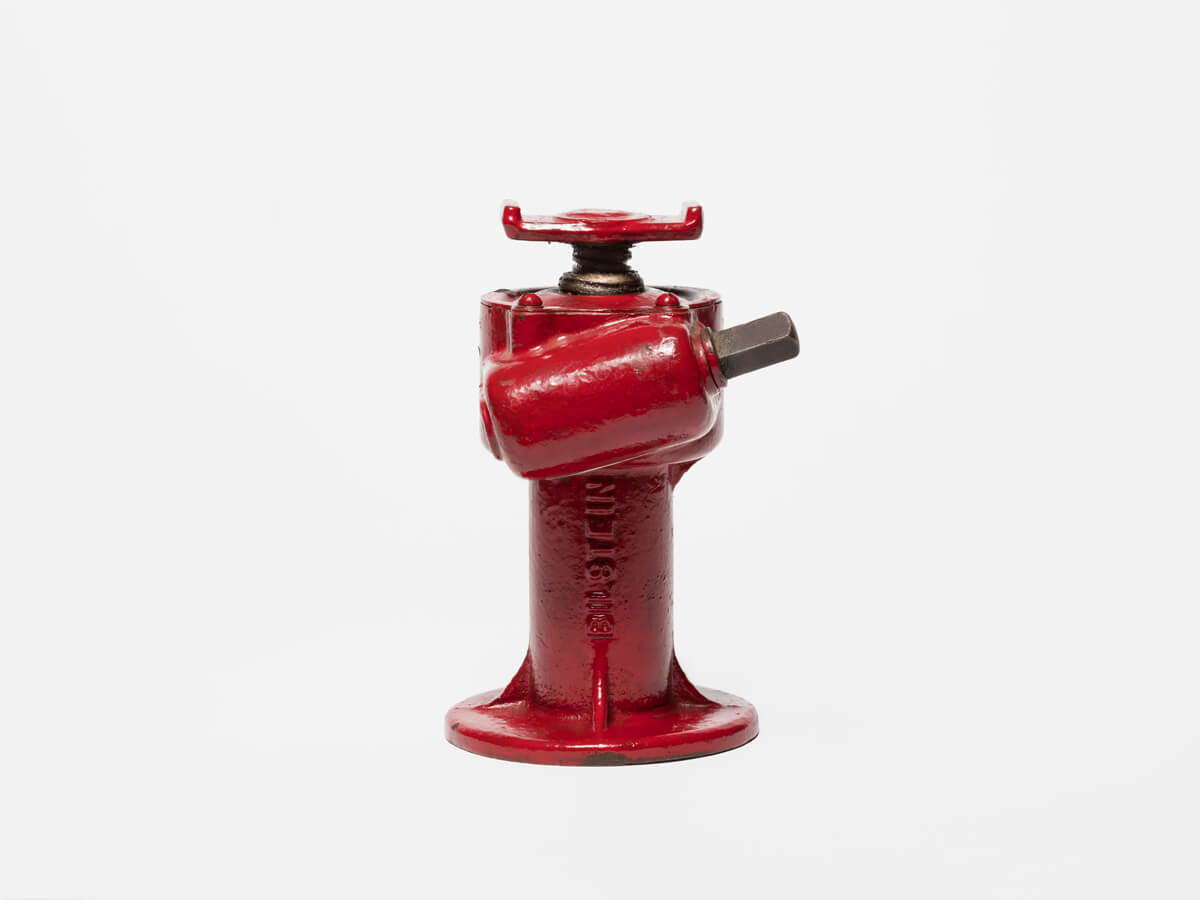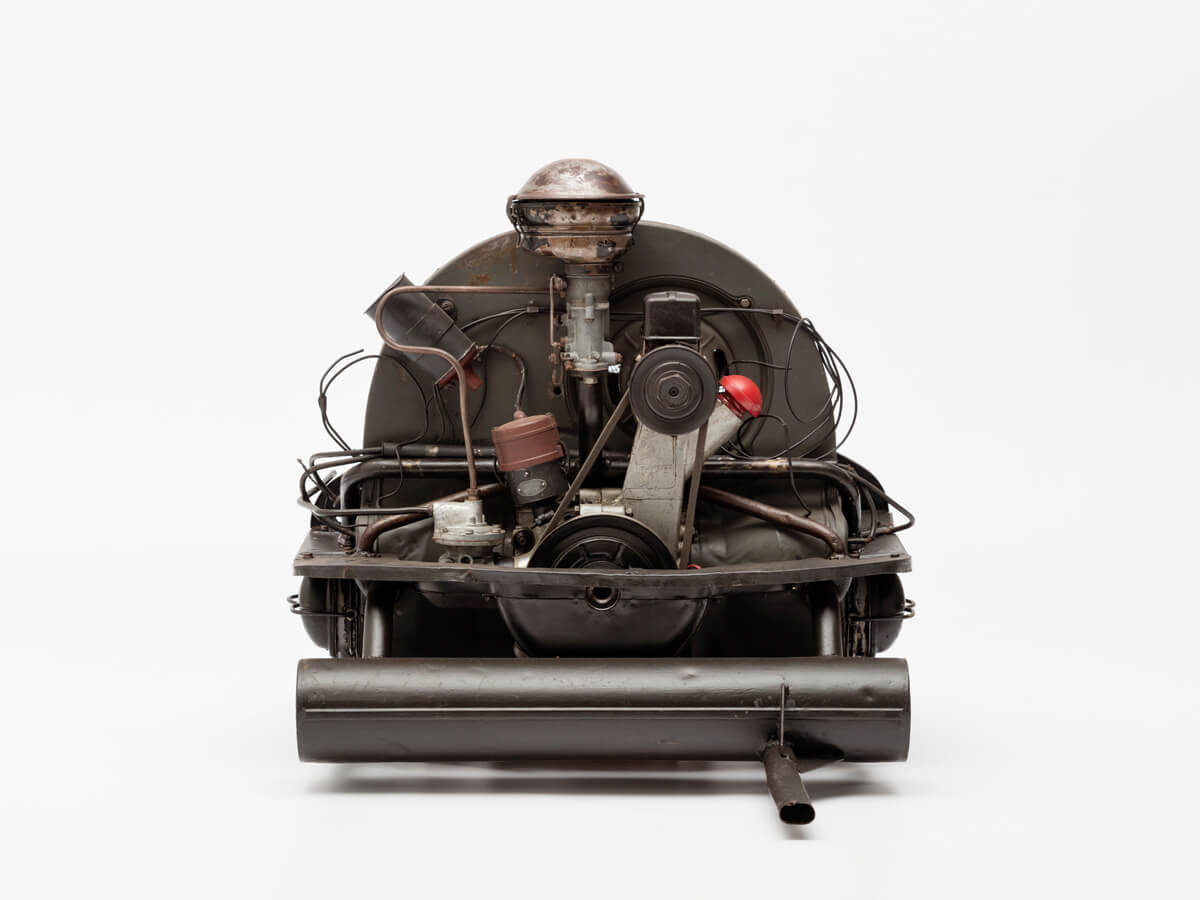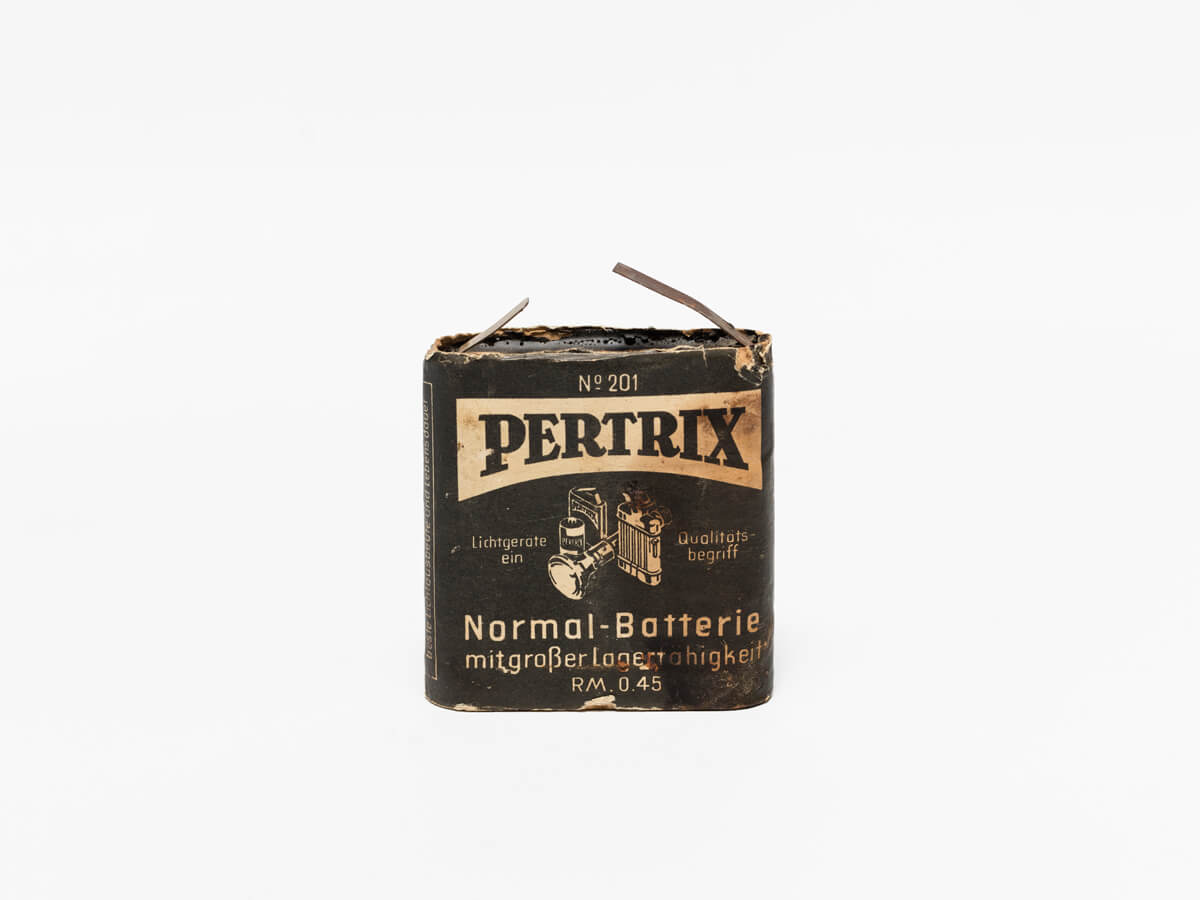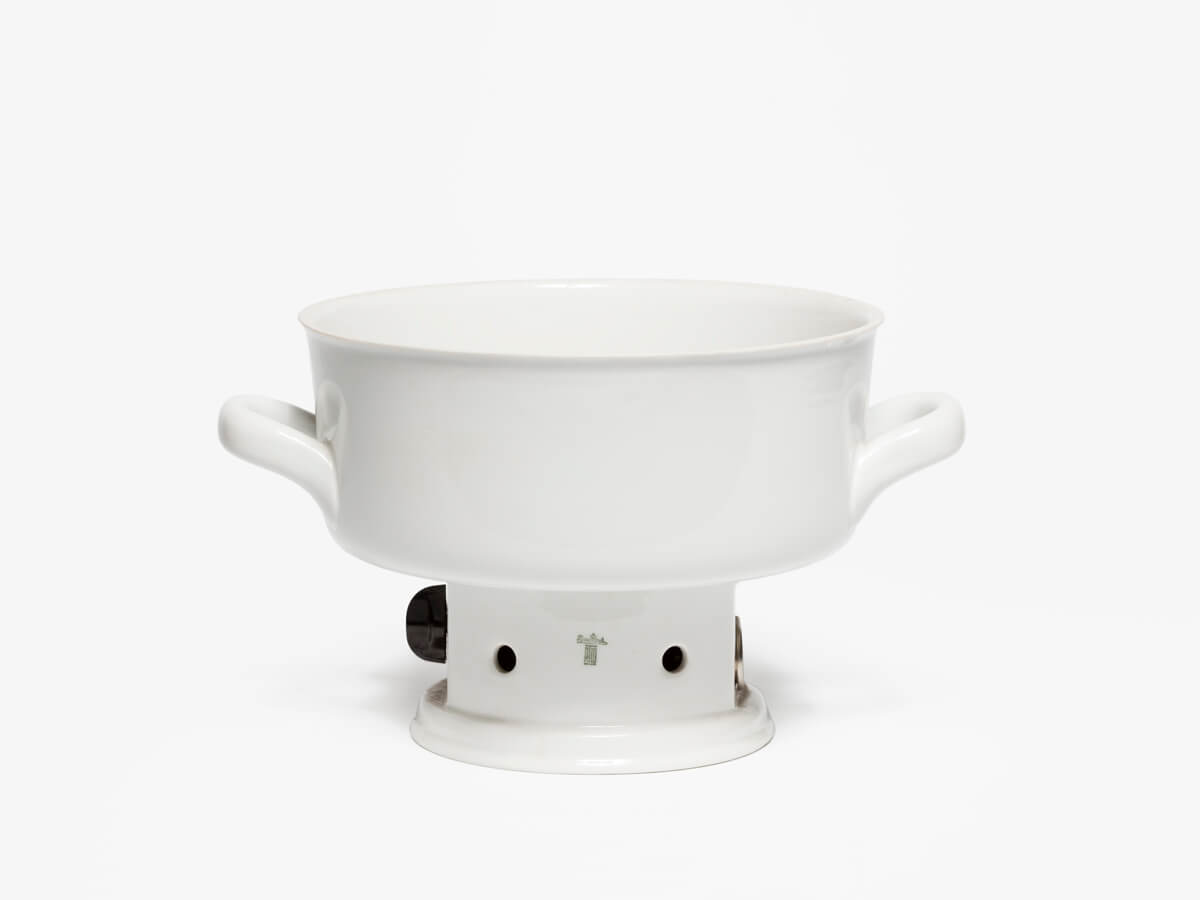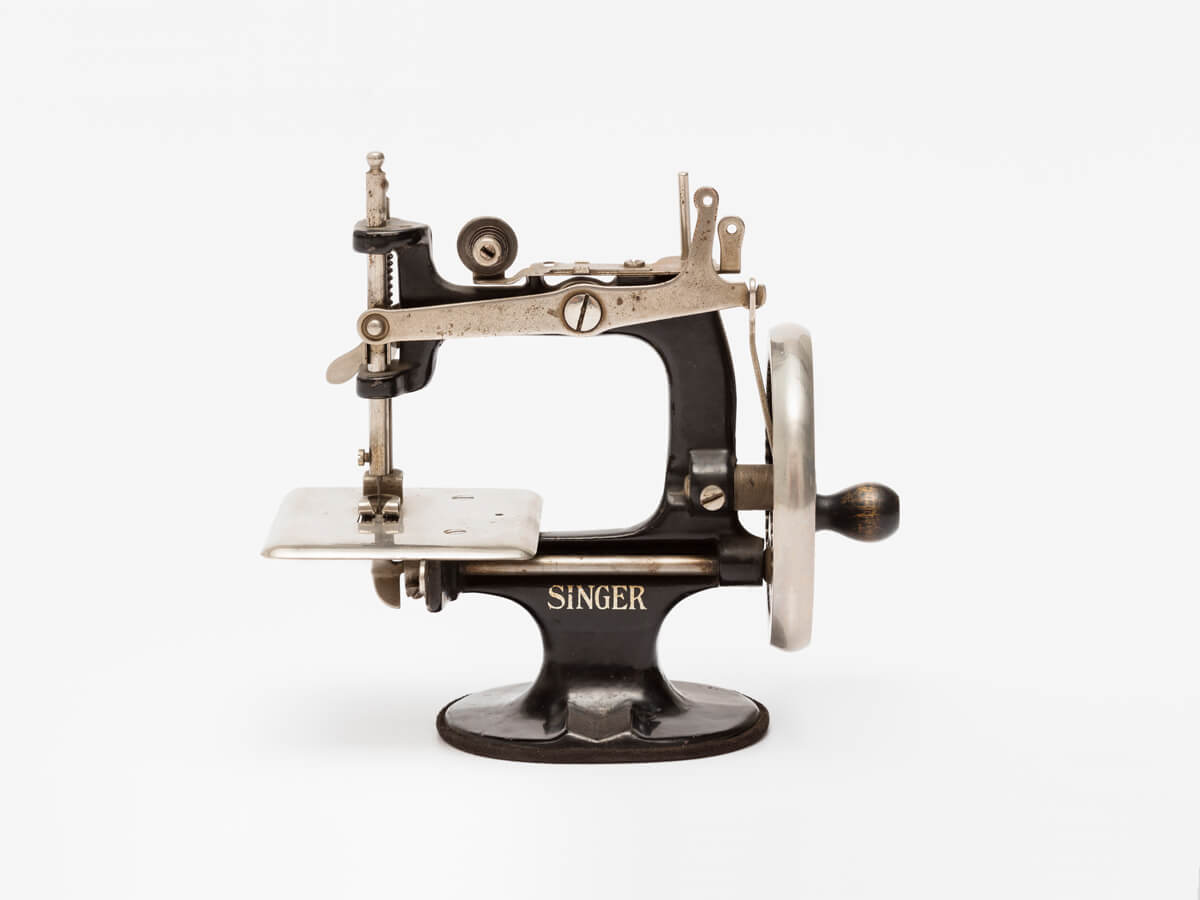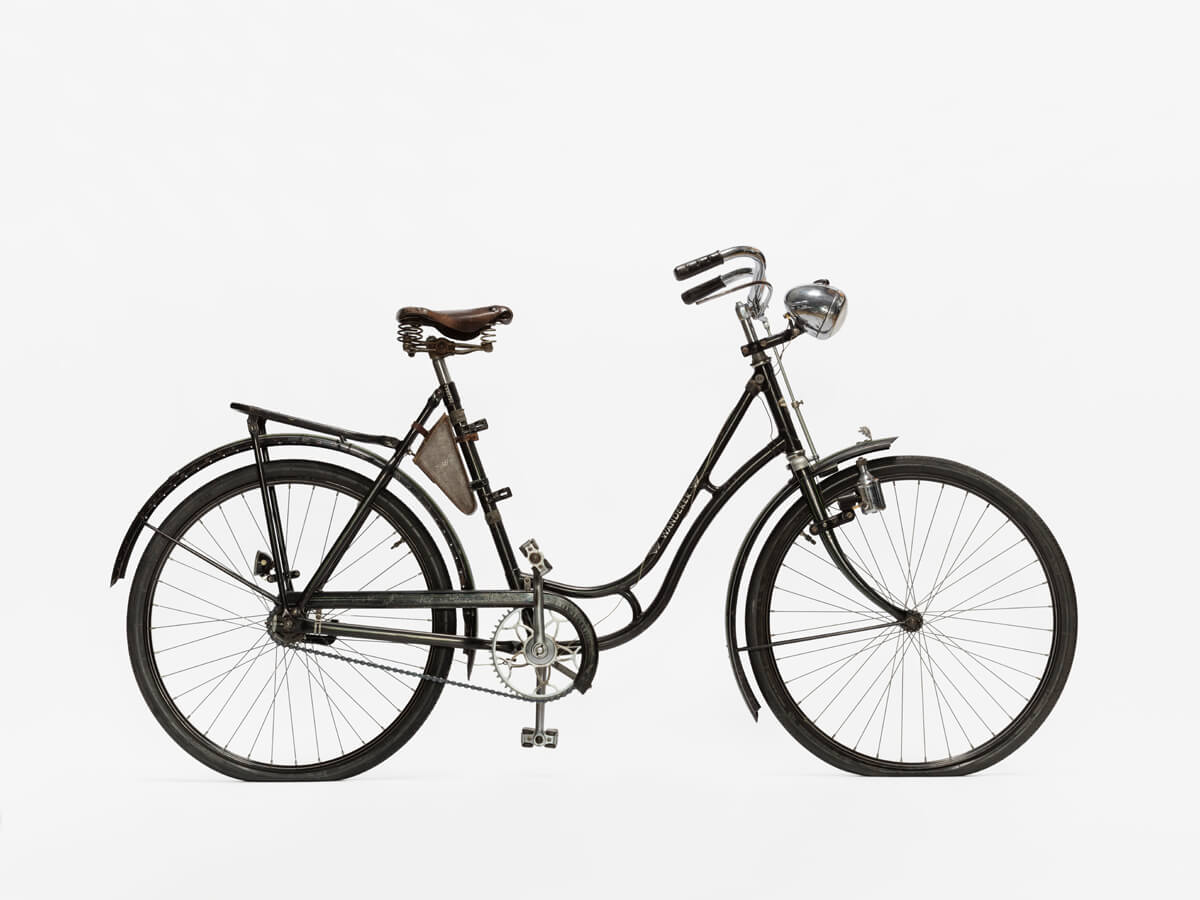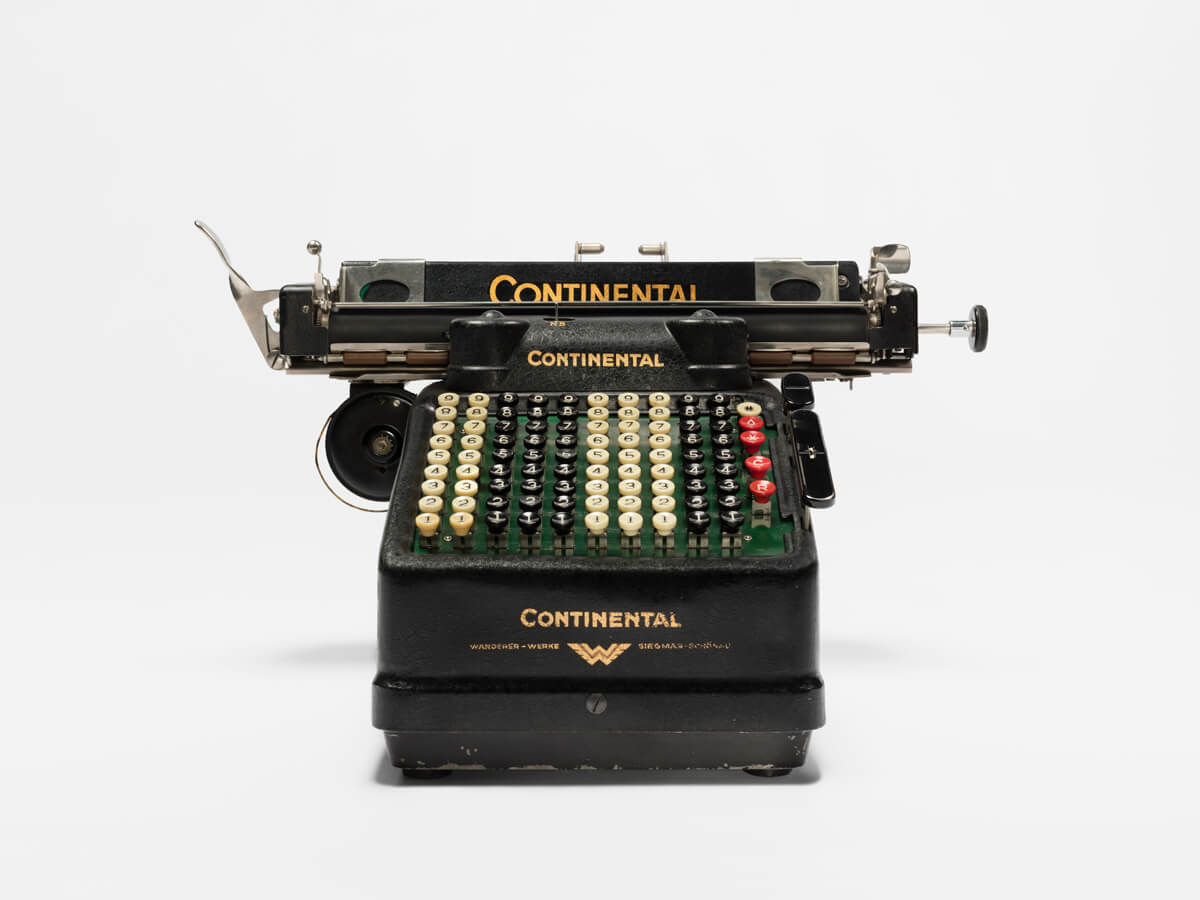made in germany
aesthetics of forced labor
2019 — ongoing
The brand „Germany“ enjoys the best reputation worldwide. With its companies, Germany is a proud world export champion. One of them, the Volkswagen Group, is currently the largest car manufacturer in the world. Its topos that a Volkswagen is „DAS Auto (par excellence)“, as an advertising slogan promotes, is not even disturbed by the latest emissions scandal. The leading position of German industry was primarily based on the efforts of German scientists and engineers since the beginning of the 20th century. This image did not lose its aura during the time of the „Third Reich“. The Autobahn program or the „Volkswagen“ project were further developed after the Second World War and testified to the efficiency and innovation of the German economy. However, forced labor was an important pillar of the „Third Reich“. According to the Buchenwald and Mittelbau Dora Memorials Foundation, the number of forced laborers employed in the National Socialist economy between 1939 and 1945 reached up to twenty million.
The documentation „Made in Germany“ analyzes products of German industry from the period 1939 to 1945 photographically. These are objects manufactured by companies that actively participated in the National Socialist program of forced labour. The selected products are precisely and objectively staged through photography. The slavery system of the Third Reich is thus examined indirectly, through the aesthetics of its economic artifacts. This method promises a contribution to the culture of remembrance of a new quality by creating a relation to the present. Some of these products and brands are still well-known and popular among consumers worldwide. The viewer and consumer is thus encouraged to reflect on the mechanisms that made slavery possible during the Second World War on a scale unknown in European history. This is also intended to sensitize them to current market conditions and mass production through the exploitation of people and nature. The low-cost production of goods for the rich West is often only possible today due to extremely precarious working conditions in factories in the poor South and East, which in many cases are similar to modern slavery.
This measure is co-financed by fiscal funds on the basis of the budget approved by the Saxon state parliament (schoolarship).
Diese Maßnahme wird mitfinanziert durch Steuermittel auf der Grundlage des vom Sächsischen Landtag beschlossenen Haushaltes (Arbeitsstipendium).

The brand „Germany“ enjoys the best reputation worldwide. With its companies, Germany is a proud world export champion. One of them, the Volkswagen Group, is currently the largest car manufacturer in the world. Its topos that a Volkswagen is „DAS Auto (par excellence)“, as an advertising slogan promotes, is not even disturbed by the latest emissions scandal. The leading position of German industry was primarily based on the efforts of German scientists and engineers since the beginning of the 20th century. This image did not lose its aura during the time of the „Third Reich“. The Autobahn program or the „Volkswagen“ project were further developed after the Second World War and testified to the efficiency and innovation of the German economy. However, forced labor was an important pillar of the „Third Reich“. According to the Buchenwald and Mittelbau Dora Memorials Foundation, the number of forced laborers employed in the National Socialist economy between 1939 and 1945 reached up to twenty million.
The documentation „Made in Germany“ analyzes products of German industry from the period 1939 to 1945 photographically. These are objects manufactured by companies that actively participated in the National Socialist program of forced labour. The selected products are precisely and objectively staged through photography. The slavery system of the Third Reich is thus examined indirectly, through the aesthetics of its economic artifacts. This method promises a contribution to the culture of remembrance of a new quality by creating a relation to the present. Some of these products and brands are still well-known and popular among consumers worldwide. The viewer and consumer is thus encouraged to reflect on the mechanisms that made slavery possible during the Second World War on a scale unknown in European history. This is also intended to sensitize them to current market conditions and mass production through the exploitation of people and nature. The low-cost production of goods for the rich West is often only possible today due to extremely precarious working conditions in factories in the poor South and East, which in many cases are similar to modern slavery.
This measure is co-financed by fiscal funds on the basis of the budget approved by the Saxon state parliament (schoolarship).
Diese Maßnahme wird mitfinanziert durch Steuermittel auf der Grundlage des vom Sächsischen Landtag beschlossenen Haushaltes (Arbeitsstipendium).




